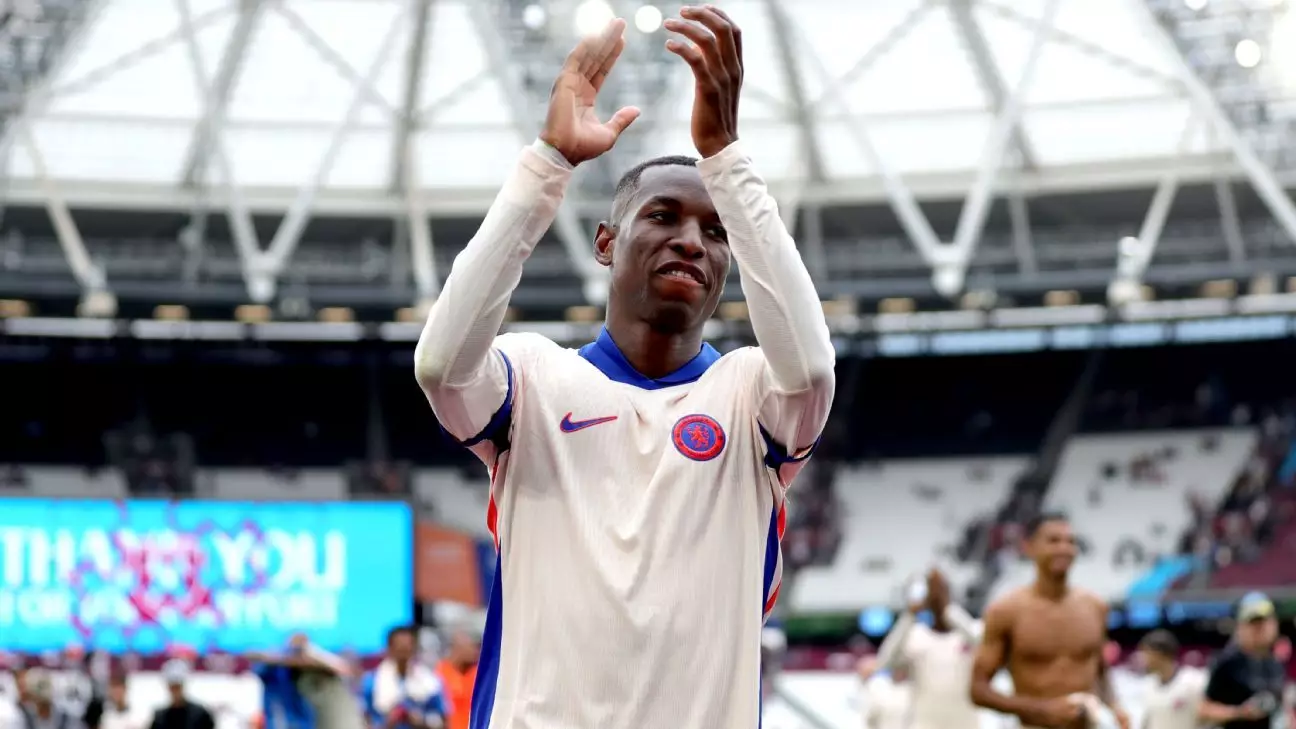As the curtain rises on yet another electrifying Premier League season, it’s easy to feel a sense of déjà vu. Just five matches into the campaign, Manchester City finds itself comfortably perched at the top, mirroring last year’s performance. The top four remains unchanged—City, Arsenal, Liverpool, and Aston Villa are all familiar figures vying for supremacy. But while these patterns may evoke a sense of predictability, the reality is far more intricate and layered than initial impressions suggest.
Statistical Stability or Illusory Consistency?
At this juncture, it’s crucial to recognize that five games into the season provides only a limited perspective on what’s to come. Analysts frequently assert that genuine trends don’t emerge until around the 10-match mark, where the data begins to elucidate more meaningful insights into team performances. While it could be tempting to assert that City will dominate the league again, history reminds us that early impressions can be misleading.
A rich tapestry of narratives begins to surface when we assess the performances of teams. One of football’s more enduring beliefs is that “champions just find a way to win.” Yet, this notion demands scrutiny. While it’s undoubtedly true that accruing points—even from lackluster performances—enhances a team’s table positioning, this alone does not serve as a guarantee of long-term success. Repeatedly poor performances tend to foreshadow lackluster outcomes down the line, thereby questioning the sustainability of “scrappy” victories.
Take Arsenal as a case study. The Gunners have yet to produce a standout performance within their first few matches, managing few games with a significant expected goals (xG) differential. Surprisingly, they’ve managed to accumulate 11 points without suffering a loss, demonstrating an unusual blend of resilience and luck. Crucial players like Declan Rice and Martin Ødegaard have found themselves sidelined at critical moments. Despite this, Arsenal’s ability to secure important points against formidable rivals—evidenced by their draw against City and victory over Tottenham—raises questions about their underlying strength.
It becomes difficult to gauge how competitive Arsenal truly is at this point. Their performances fluctuated from a lackluster showing against Aston Villa to a commendable display against City, all marked by variable circumstances. When viewed solely through the lens of xG and actual goals scored, it appears they are operating at a level below their opponents, suggesting that their current position may not be sustainable.
Conversely, Liverpool’s start has ignited conversations about defensive prowess and rebounding form. Having endured a period of vulnerability in past seasons, the Merseyside club seems to have re-established itself as a defensive force, conceding just one goal in their first five matches. The addition of new midfielder Ryan Gravenberch appears to be rejuvenating Liverpool’s defensive capabilities; not only is he excelling in defensive metrics, but he’s also proving integral to the team’s overall performance.
Interestingly, the schedule has favored Liverpool thus far, as they have faced some comparatively less challenging opponents. Yet, valid concerns linger about Gravenberch’s ability to sustain his impressive form throughout the entire season, particularly considering the demands of both domestic and European fixtures.
Aston Villa, under Unai Emery, has showcased the influence of youthful vigor with players like young striker Jhon Duran, who, despite limited minutes, has demonstrated a knack for finding the back of the net. With four goals on limited substitutions, one can’t help but wonder how he could perform if granted ample starting opportunities. However, there are valid caveats to ponder. The efficiency of scoring at a substitute’s rate doesn’t always transfer seamlessly to starting line-ups.
On the other end of the spectrum lies West Ham, who have made significant investment this summer but find themselves grappling with glaring weaknesses. The club’s recruitment strategy raises eyebrows given the age and track record of some of their acquisitions. As their defensive struggles mount, it’s hard not to question whether the managerial approach of Julen Lopetegui will yield positive results in the long term.
As the Premier League unfolds, it is apparent that the narrative is far from settled. While some teams may appear dominant at first glance, deeper analysis unveils a complex web of factors influencing performance and outcomes. From Arsenal’s puzzling resilience to Liverpool’s rejuvenated defense and the emergence of young talents across clubs, the season promises more surprises as it progresses. The road ahead will certainly be filled with ups and downs, and those who can adapt will emerge as the true contenders in this unpredictable landscape.
